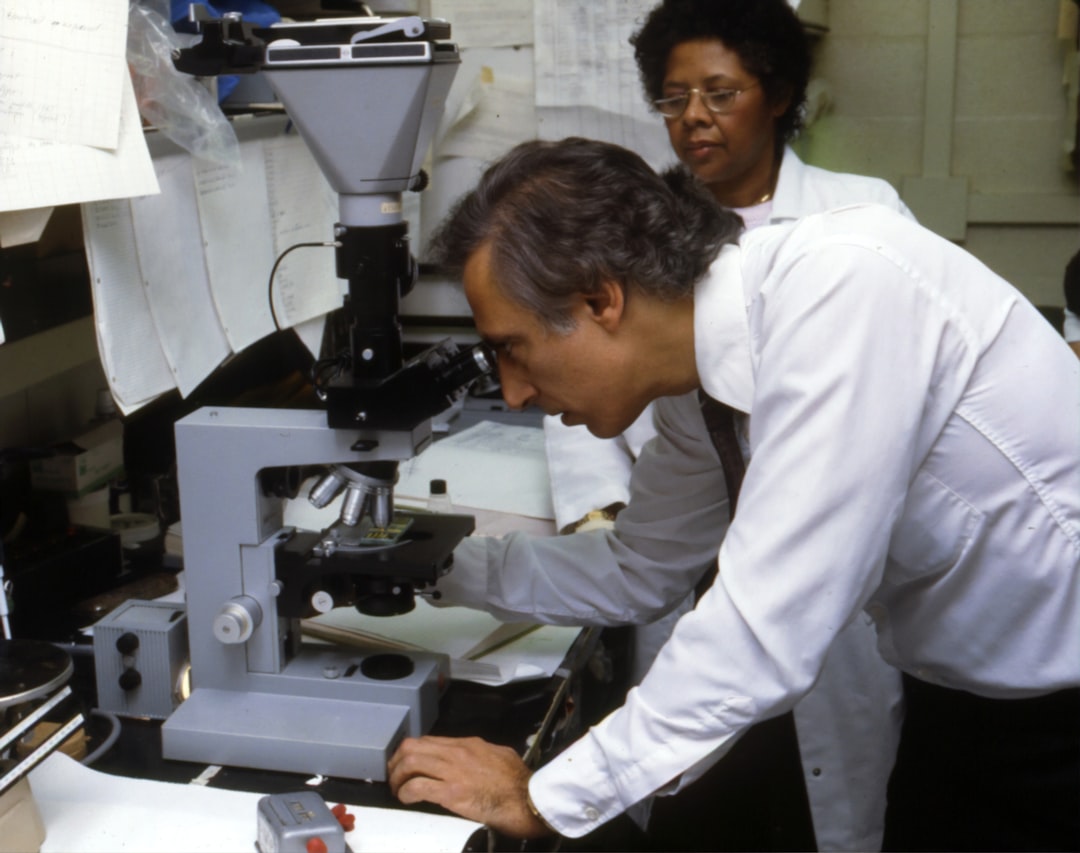What is it about?
In this paper, we have presented a new two-step process for the upgrading of refinery fuel oil. The first step involved a primary pyrolysis of the heavy feedstock, and the second one involves catalytic cracking of the cracked oil using a novel hierarchical catalyst.
Featured Image

Photo by Alexander Popov on Unsplash
Why is it important?
The annual production of fuel oil in the conventional refineries is increasing. Modern technologies are moving toward petrorefineries in which the tapping and distillation are combined with the reactions not only to rearrange the products but also to make lighter products of higher demand and thus higher values.
Perspectives
I am thankful to all my co-authors and team members and the funding institutes (INSF and IPPI). The important motivation for this research has been the practical importance of the topic to both the investigators and the funding parties. I hope that these findings and those in our similar publications find applications in industry. Above anything else or if nothing else, I hope that the readers enjoy reading this article and find it thought-provoking.
Mohammad Ghashghaee
Iran Polymer and Petrochemical Institute
Read the Original
This page is a summary of: Two-stage thermocatalytic upgrading of fuel oil to olefins and fuels over a nanoporous hierarchical acidic catalyst, Petroleum Science and Technology, April 2019, Taylor & Francis,
DOI: 10.1080/10916466.2018.1463257.
You can read the full text:
Contributors
The following have contributed to this page










